Cafeteria Equipment Innovations Shaping the Future of the 2025 China Import and Export Fair
As the landscape of food service continues to evolve, the upcoming 138th China Import and Export Fair in 2025 presents a pivotal opportunity to explore the latest innovations in cafeteria equipment. With the cafeteria equipment market projected to reach a staggering $4.3 billion by 2025, driven by the rising demand for efficient and multifunctional food service solutions, manufacturers are focusing on sustainability and smart technology integration. Reports indicate that a significant percentage of food service operators are now prioritizing equipment that enhances operational efficiency while minimizing environmental impact.
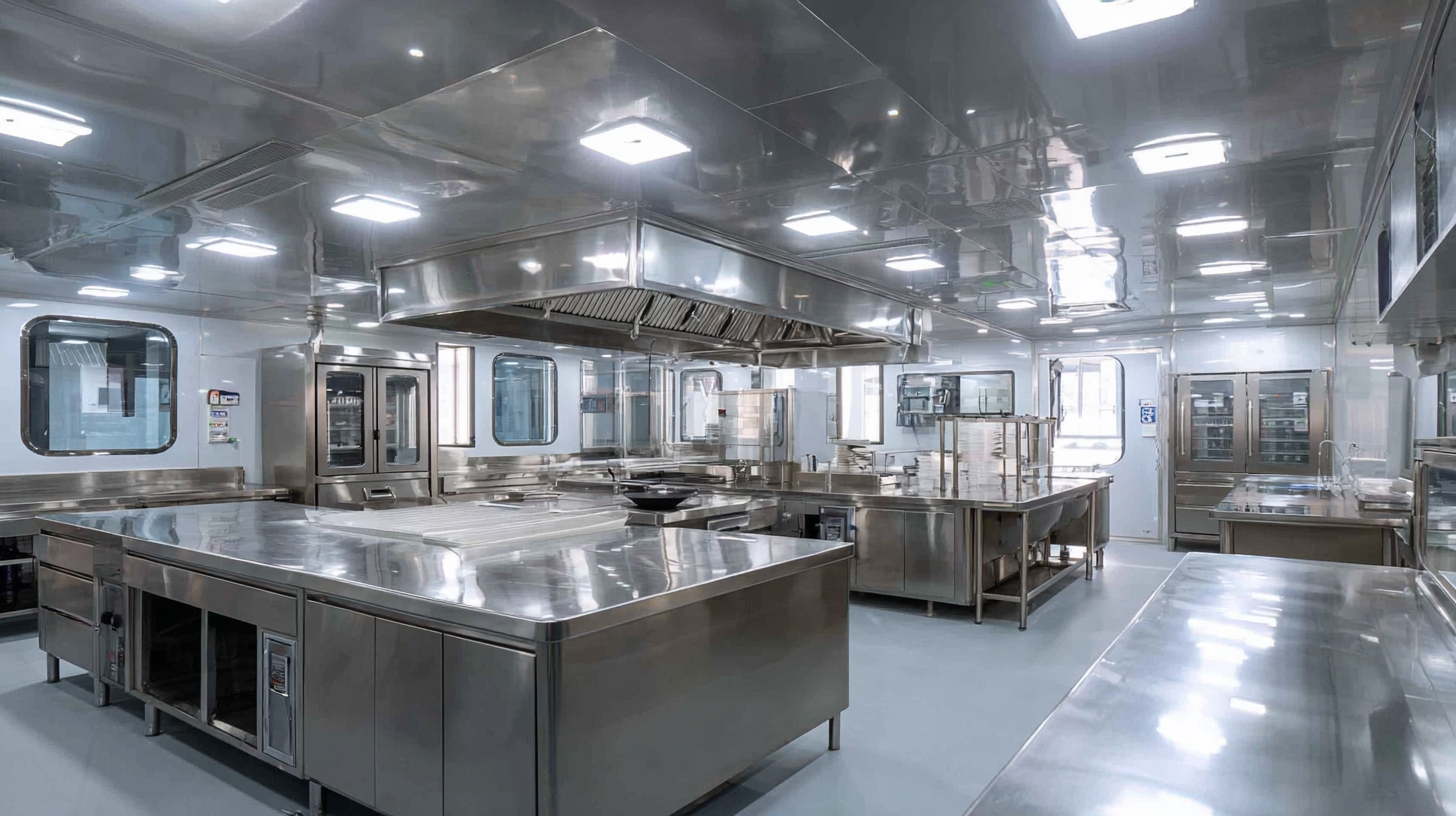
The Fair will showcase cutting-edge products ranging from energy-efficient cooking appliances to advanced food storage systems, shaping the future of cafeteria settings across various sectors. This convergence of innovation and sustainability will play a crucial role in meeting the growing expectations of consumers, making it imperative for industry stakeholders to engage with these developments at the Fair.
Innovative Cafeteria Equipment Trends at the 2025 China Import and Export Fair
The 2025 China Import and Export Fair is set to showcase a range of innovative cafeteria equipment that reflects the evolving needs of the food service industry. One prominent trend is the integration of smart technology in cafeteria operations. Equipment featuring IoT capabilities allows real-time monitoring of inventory levels and energy usage, streamlining management and reducing operational costs. Additionally, as sustainability becomes a priority, manufacturers are developing eco-friendly solutions, such as energy-efficient cooking appliances and biodegradable servingware, which cater to the growing demand for environmentally responsible practices.
Another significant innovation is the customization of cafeteria equipment to enhance user experience. Modular setups allow food service providers to adapt layouts and workflows according to varying volumes of customers. Moreover, self-service technologies, including touchless kiosks and automated dispensers, not only improve efficiency but also ensure hygiene—a critical concern in contemporary dining experiences. As these trends converge at the 2025 fair, attendees will have the opportunity to witness a transformation that prioritizes innovation, sustainability, and customer-centric solutions in the cafeteria sector.
Innovative Cafeteria Equipment Trends at the 2025 China Import and Export Fair
Smart Technologies Revolutionizing School Cafeteria Operations in 2025
The integration of smart technologies is set to revolutionize school cafeteria operations by 2025, enhancing efficiency and improving the overall dining experience for students. Innovations such as automated food dispensers and AI-driven menu planning systems will allow cafeterias to optimize food preparation and serve healthier meals tailored to students' preferences. With real-time data analytics, school cafeterias can manage inventory better, reduce food waste, and adjust menus based on seasonal availability and nutritional requirements.
Moreover, the incorporation of mobile applications will enable students to pre-order meals, minimizing wait times during lunch hours. These apps can provide nutritional information and allow for dietary customization, catering to the diverse needs of students. As these smart technologies are showcased at the 2025 China Import and Export Fair, educators and food service professionals will glimpse a future where school cafeterias are not just places for nourishment but integral components of a holistic educational environment focused on wellness and sustainability.
Sustainable Practices in Cafeteria Equipment for Eco-Friendly Solutions
In the evolving landscape of cafeteria operations, sustainable practices in equipment sourcing and usage are becoming increasingly paramount. According to the World Resources Institute, the food service sector contributes approximately 11% of global greenhouse gas emissions, necessitating a shift towards more eco-friendly solutions. The upcoming 2025 China Import and Export Fair is expected to showcase innovations like energy-efficient ovens and waste-reduction systems, aligning with the growing demand for sustainable practices in the industry.
Innovative equipment such as induction cookers and biodegradable serving ware not only minimize energy consumption but also reduce environmental impact. A report by the International Energy Agency highlights that appliances utilizing induction technology can increase energy efficiency by up to 50% compared to traditional cooking methods. Furthermore, the adoption of sustainable materials in cafeteria infrastructure is gaining traction, with market analytics projecting a growth in the eco-friendly kitchenware segment by 20% annually through 2025. As cafeterias strive to create a more environmentally responsible culture, the integration of sustainable practices in equipment design and usage is poised to become a cornerstone of their operational strategies.
Cafeteria Equipment Innovations Shaping the Future of the 2025 China Import and Export Fair
| Innovation Type | Description | Sustainability Benefits | Estimated Adoption Year |
|---|---|---|---|
| Smart Refrigeration Units | Refrigeration units integrated with IoT technology for better energy management. | Reduces energy consumption by up to 30%. | 2025 |
| Biodegradable Utensils | Single-use utensils made from plant-based materials. | Compostable and reduces plastic waste. | 2024 |
| Energy-Efficient Cooking Equipment | Cooking appliances designed to use less energy while maintaining performance. | Can cut energy use by 20% in commercial kitchens. | 2025 |
| Water-Saving Dishwashers | Dishwashers that minimize water usage through advanced technology. | Uses 40% less water than traditional models. | 2024 |
| Waste Management Solutions | Systems to segregate and process food waste efficiently. | Encourages composting, reducing landfill contributions. | 2025 |
Showcasing Leading Brands and Their Innovations in Cafeteria Equipment
As the 2025 China Import and Export Fair approaches, industry leaders are gearing up to showcase their latest innovations in cafeteria equipment. Notably, brands like Hobart and Rational are expected to present cutting-edge solutions that emphasize sustainability and efficiency. According to a recent report by Mordor Intelligence, the global commercial kitchen appliance market is projected to reach USD 112 billion by 2026, illustrating a robust growth trajectory driven by advancements in technology and an increasing demand for energy-efficient solutions.
The focus on smart technology in cafeteria equipment is particularly transformative. Products equipped with IoT capabilities not only enhance operational efficiency but also provide real-time data analytics that can significantly reduce food waste. A study by Markets and Markets indicates that the smart kitchen appliances market alone is anticipated to grow from USD 18 billion in 2020 to USD 38 billion by 2025, highlighting a significant shift towards integrated systems that optimize resource management in food service environments. This trend will be key to the innovations displayed at the fair, as leading brands align their offerings with the evolving demands of modern cafeterias.
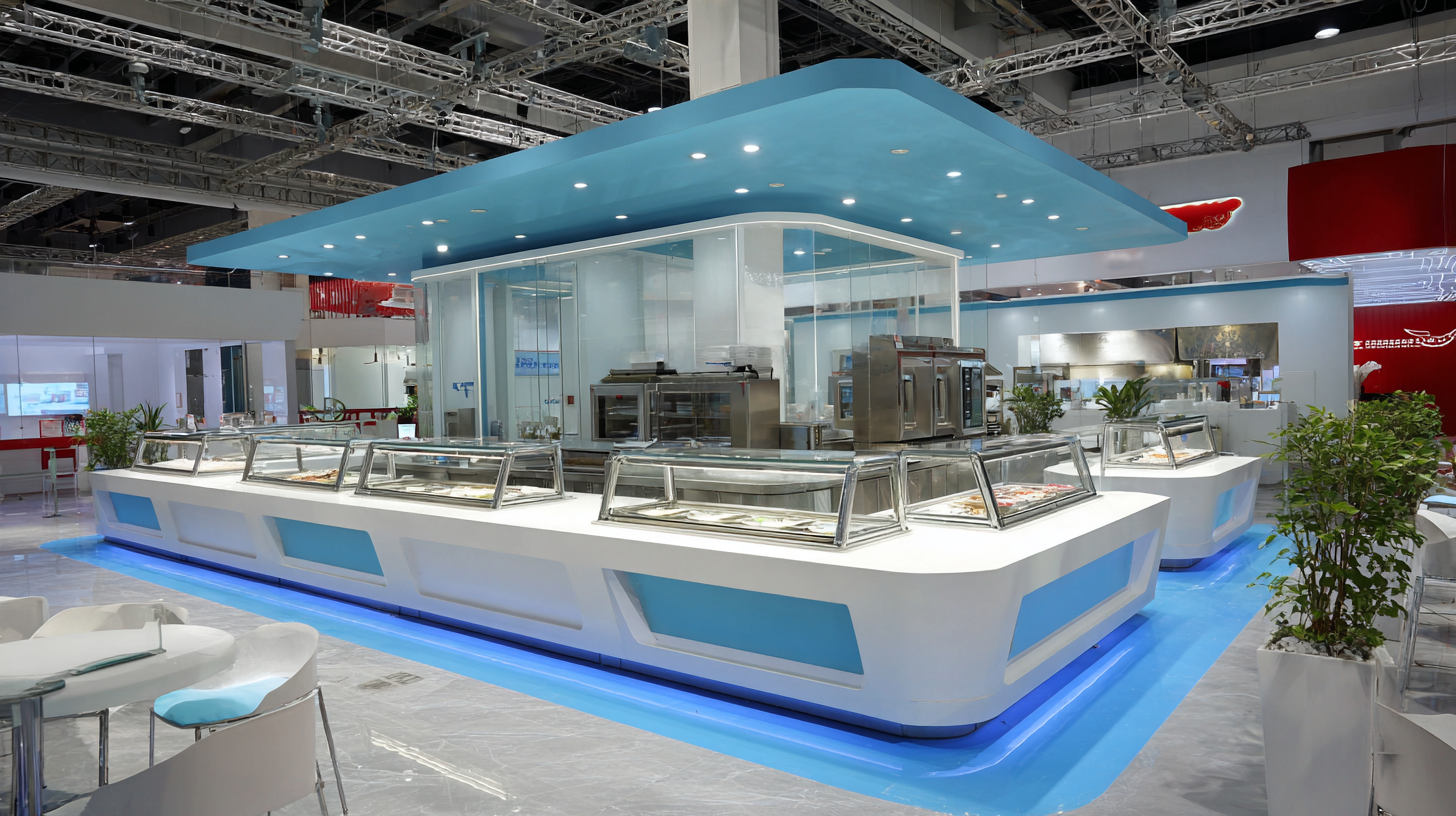
Impact of Cafeteria Equipment Innovations on Food Safety and Hygiene Standards
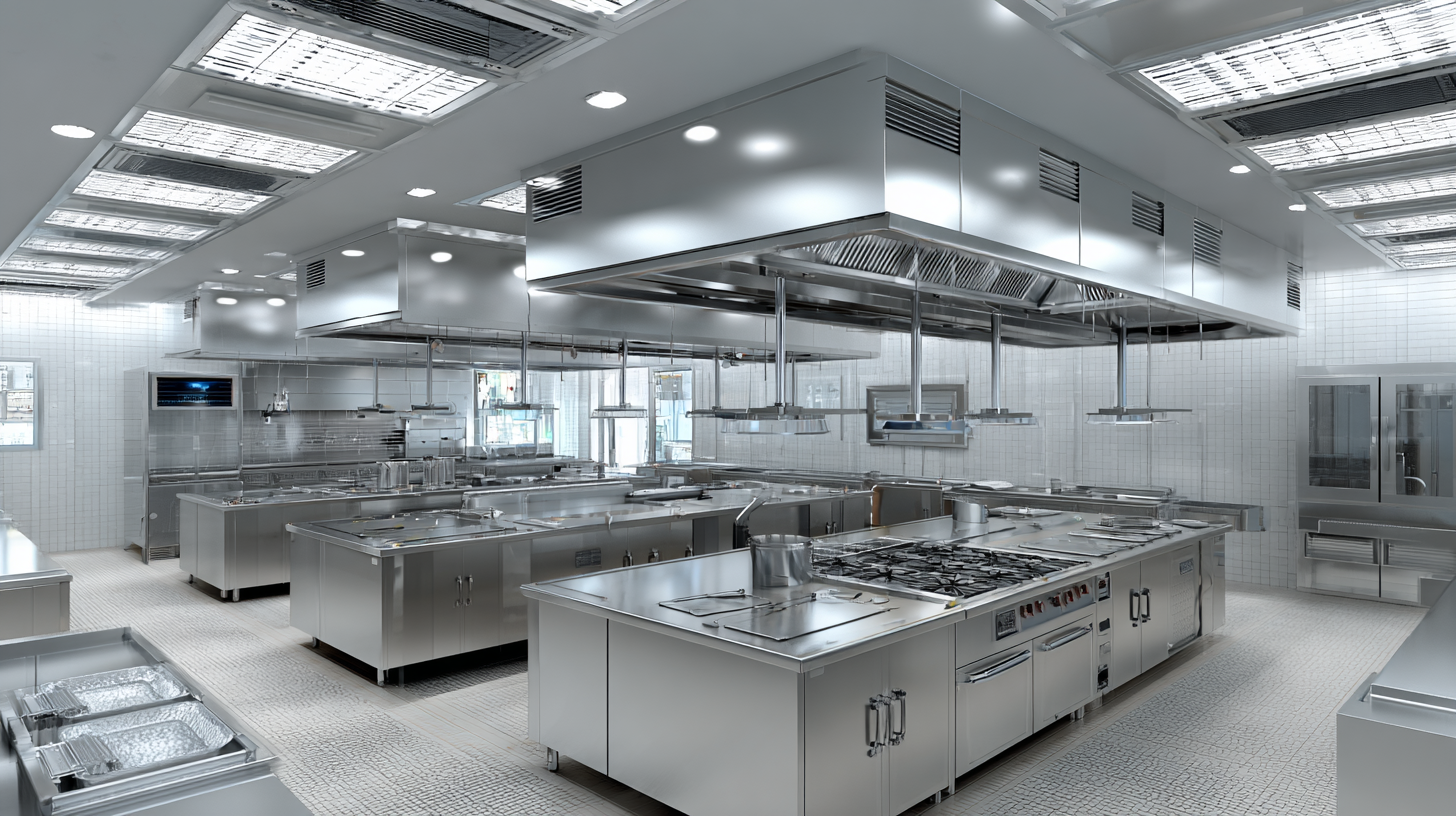 Cafeteria equipment innovations are playing a crucial role in enhancing food safety and hygiene standards, especially as the 2025 China Import and Export Fair approaches. According to the Global Food Safety Initiative (GFSI), maintaining proper food safety practices can reduce the risk of foodborne illnesses by up to 30%. Advanced equipment, such as smart ovens and automated dishwashers, not only streamline kitchen operations but also adhere to stringent health regulations, ensuring that food is prepared and served in the safest manner possible.
Cafeteria equipment innovations are playing a crucial role in enhancing food safety and hygiene standards, especially as the 2025 China Import and Export Fair approaches. According to the Global Food Safety Initiative (GFSI), maintaining proper food safety practices can reduce the risk of foodborne illnesses by up to 30%. Advanced equipment, such as smart ovens and automated dishwashers, not only streamline kitchen operations but also adhere to stringent health regulations, ensuring that food is prepared and served in the safest manner possible.
Investing in high-tech cafeteria equipment can significantly elevate hygiene standards. For instance, touchless dispensing systems and self-cleaning surfaces can drastically minimize contamination risks. Reports indicate that implementing modernized equipment reduces microbial presence on surfaces by nearly 50%. Cafeteria operators who leverage these innovations are not only compliant with international safety standards but can also enhance consumer confidence and satisfaction.
Tips: When choosing cafeteria equipment, prioritize those with integrated hygiene features, such as UV sanitation and programmable clean cycles. Regular training for staff on the use of this equipment is essential to maintain the highest safety standards. Additionally, consider implementing a routine maintenance schedule to ensure all equipment remains in top condition for both safety and efficiency.
Related Posts
-
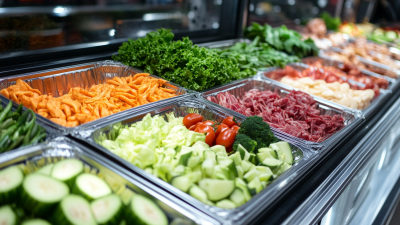
How to Enhance Your Business Efficiency with Commercial Food Service Solutions
-
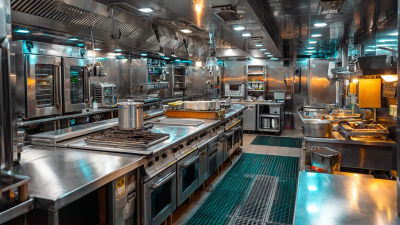
Ultimate Guide to Choosing the Best Commercial Food Service Equipment for Your Business
-

How to Elevate Your Culinary Business with Essential Commercial Kitchen Accessories
-
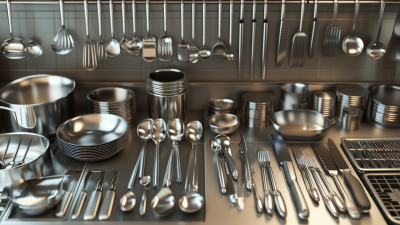
The Definitive Handbook to Sourcing Quality Commercial Kitchen Ware for Your Business
-

What Are the Essential Commercial Kitchen Supplies for 2023? A Data-Driven Guide
-

7 Best Equipment Commercial Kitchen Solutions for Optimal Efficiency in 2023
